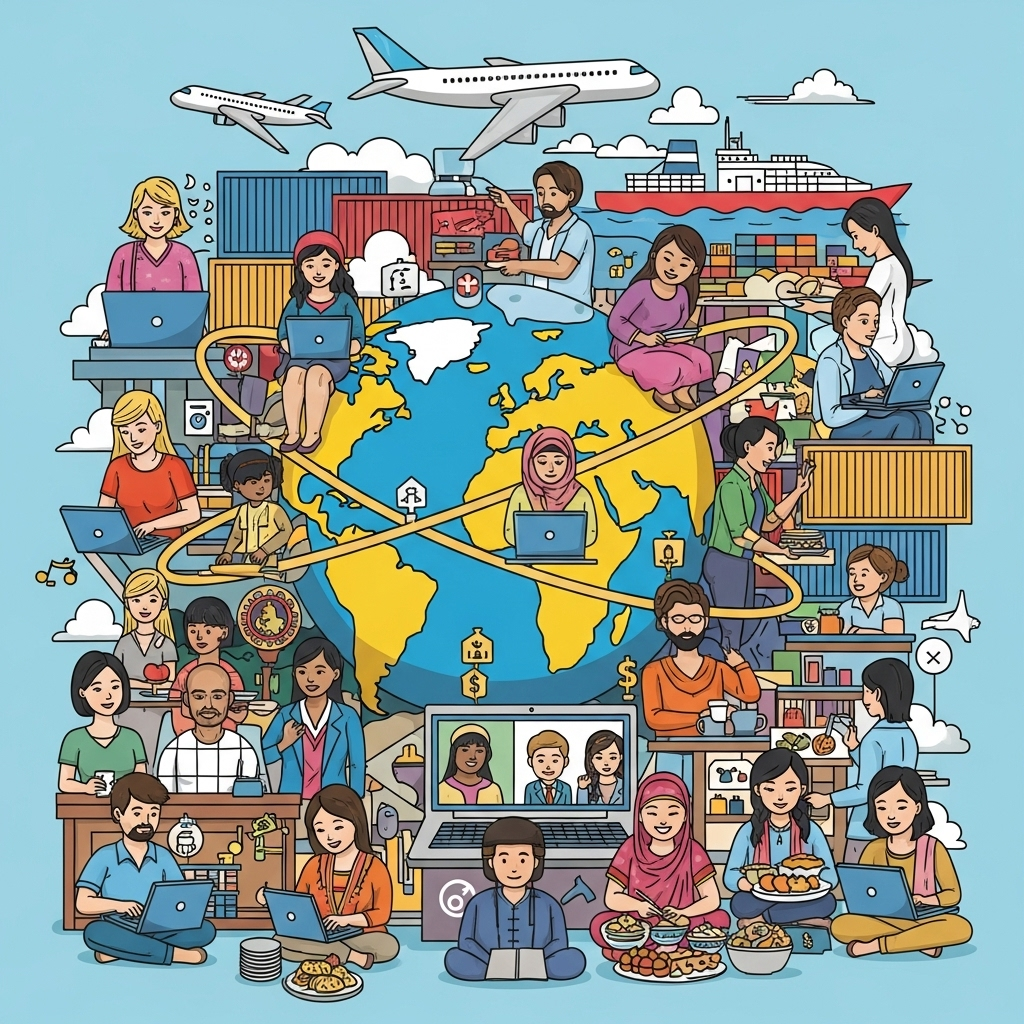Asia is a continent of contrasts — from Singapore’s sleek digital ecosystems to India’s vast, fast-evolving SME sector and Japan’s deeply relationship-driven business culture. Navigating this complexity takes more than just smart marketing; it demands strategic precision, cultural fluency, and patience.
That’s where mastering B2B Lead Generation for Asia comes in — an art that blends data, technology, and human understanding to turn prospects into loyal business partners across this richly diverse region.

Understanding Asia’s B2B Landscape: A Mosaic of Opportunities
Asia isn’t one market — it’s many, each with its own rhythm and nuance. China, Japan, South Korea, India, and the ASEAN bloc form a tapestry of economies with differing digital adoption rates, buyer behaviors, and regulations.
For anyone pursuing B2B Lead Generation for Asia, it’s vital to start with segmentation. Understand where digital transformation is peaking, where traditional sales channels still dominate, and where hybrid approaches win. For instance, while Japanese firms value reputation and reliability over speed, emerging economies like Vietnam and the Philippines are racing ahead with mobile-first engagement.
A successful strategy means adapting to this uneven terrain. Don’t copy-paste global tactics — contextualize them. Asia rewards those who take the time to listen, learn, and localize.

Identifying the Right Audience Across Asian Markets
Effective B2B Lead Generation for Asia begins with clarity: who exactly are you trying to reach? Defining buyer personas isn’t optional here — it’s essential.
A campaign that resonates in Singapore’s tech-driven environment might miss entirely in Indonesia’s relationship-first marketplace. Local data analytics, industry segmentation, and behavioral insights can help you identify who’s ready to buy — and who needs nurturing.
In India, for example, digital-first procurement is booming, yet purchase decisions still involve multiple layers of approval. In contrast, Taiwan’s manufacturing ecosystem prioritizes speed and efficiency. Tailoring your audience profiling for each market ensures your message cuts through the noise — and lands with purpose.

Digital Channels That Drive Results in Asian B2B Markets
The digital map of Asia is unlike anywhere else. From China’s WeChat ecosystem to Japan’s LINE platform and LinkedIn’s dominance in Singapore, understanding where your audience lives online is non-negotiable.
To master B2B Lead Generation for Asia, leverage a multi-channel strategy. Combine search engine optimization, local-language content, and social selling. Use email automation to nurture leads — but remember, personalization is king.
LinkedIn campaigns might generate solid inbound leads in urban Asia-Pacific markets, while local partnerships or webinars drive conversions elsewhere. Balance digital convenience with human touchpoints. In Asian markets, relationships amplify digital success — they don’t replace it.

Cultural and Linguistic Localization: Speaking the Market’s Language
One-size-fits-all messaging is a silent killer in Asian B2B marketing. Each culture interprets tone, hierarchy, and trust differently. Success in B2B Lead Generation for Asia depends on sensitivity — not just translation.
Localize your message for resonance, not just accuracy. In Thailand, humility and warmth work better than assertive sales language. In Korea, credibility is built on established partnerships and formal communication. In India, storytelling with emotional undertones connects better than technical jargon.
Cultural alignment creates comfort — and comfort breeds trust. When your brand speaks the same unspoken language as its audience, leads don’t just engage — they convert.

Data and Technology: The Backbone of Modern B2B Lead Generation
Data-driven strategies are transforming how brands approach B2B Lead Generation for Asia. Marketing automation tools, CRMs, and AI-powered analytics are now indispensable for targeting the right prospects, scoring leads effectively, and measuring ROI.
In Asia, where data privacy laws differ widely, compliance and customization must go hand in hand. Use analytics to track not just clicks but intent — understand who’s genuinely interested and when to engage. Predictive data models can help forecast trends and identify key accounts likely to convert in emerging sectors like fintech, logistics, and manufacturing.
The secret isn’t collecting more data — it’s interpreting it better. Smart marketers don’t just react to insights; they act on them with timing and precision.

Building Trust: The Currency of Asian Business Relationships
If there’s one rule that never changes in Asia, it’s this: relationships come before revenue. Trust is the currency that drives every deal, from first handshake to contract signing.
In B2B Lead Generation for Asia, brands that focus on quick conversions often miss the long game. Account-based marketing (ABM), personalized follow-ups, and content that educates rather than sells help build credibility over time.
Invest in relationship-building activities like in-person networking events, webinars, and thought leadership content. Don’t underestimate small gestures — remembering holidays, local customs, or addressing clients by their proper titles makes a lasting impression.
Consistency builds trust. And in Asia, trust converts faster than any discount or ad spend.
Conclusion: The Future of B2B Lead Generation for Asia
The future of B2B Lead Generation for Asia isn’t about doing more — it’s about doing smarter. It’s about aligning local insights with global strategies, merging technology with empathy, and treating every interaction as a step toward partnership, not just profit.
Businesses that master this balance — blending localization, data intelligence, and authentic relationship-building — will thrive in Asia’s fast-evolving B2B landscape.
In the end, Asia doesn’t reward those who shout the loudest. It rewards those who listen carefully, act thoughtfully, and commit fully. That’s how you don’t just generate leads — you generate lasting growth.





